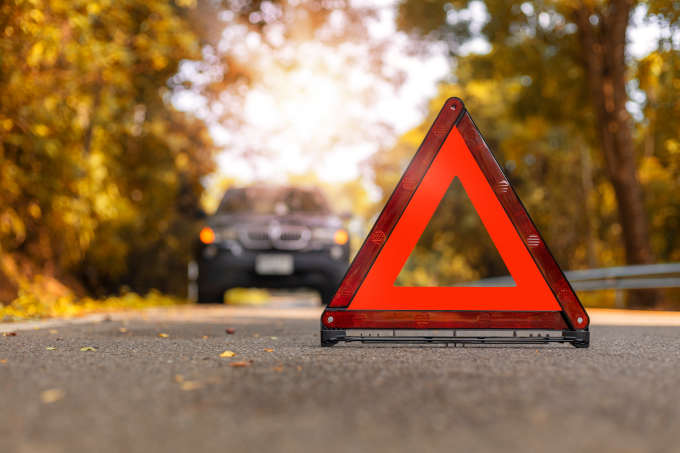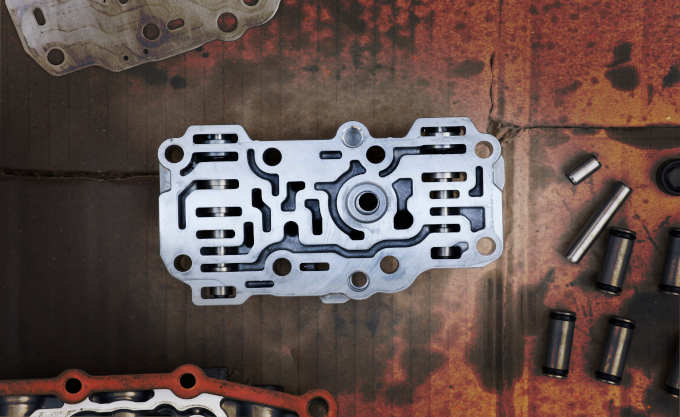The transmission in your vehicle is a highly complicated, delicate, and intricate piece of machinery that makes it possible for your engine to power your vehicle down the road at various speeds. Without a properly functioning transmission, you may find your vehicle struggling to get down the road — or it may end up stopped in its tracks.
One of the common reasons for transmission failure, and often one of the first noticeable signs of trouble, is overheating. There are many reasons why your transmission may be overheating, and identifying the cause can make all the difference between a quick fix and a totaled vehicle.
Is My Transmission Overheating?
There are many tell-tale signs of an overheating transmission. Knowing the symptoms can help you know if a problem exists and direct you to what part of your vehicle to check out.
For an overheating transmission, here are the warning signs to watch out for:
- A sudden experience of a burning odor inside and outside the vehicle
- The gears “slipping” when accelerating or decelerating
- A feeling of hesitation or delayed gear shift when you are driving
- Any grinding or shaking sensation that occurs while accelerating or while idling
5 Reasons Your Transmission May Be Overheating
If you notice that your transmission is overheating, the next question is, “Why?” Here are the top five reasons why your transmission may be overheating:
1. Low or Bad Transmission Fluid
Transmission fluid keeps your transmission lubricated and ensures that the machinery operates at an optimal rate and temperature. Bad transmission fluid — or not enough fluid — will cause your transmission to overheat quickly.
2. Radiator & Cooling System Problems
Your vehicle’s radiator and cooling system are responsible for keeping all vital elements of your vehicle cool regardless of the time, distance, or speed at which you travel. If your radiator or cooling system is having issues, you will soon find that your transmission (and other parts of your car) are beginning to overheat — and fast.
3. Hot Weather
Even the most powerful cooling system is no match for an arid, harsh climate. If the weather is hot and dry, you may discover that your transmission tends to overheat more quickly. Make sure that you allow your vehicle plenty of time to cool down and remain in a shaded location to keep essential parts cool.
4. Solenoid Issues
A hot transmission may also be the victim of a faulty or failed solenoid. A solenoid is an electro-hydraulic valve that regulates the fluid flowing into and out of the automatic transmission. If the solenoid goes bad, then the amount of transmission fluid flowing will not flow properly — leading to a transmission overheating and potential failure.
5. Failing Transmission Sensors
Like a failed solenoid, multiple electric sensors are embedded in your transmission that regulate the entire system’s operations.
If any of these sensors begin to fail, the transmission will not have access to the system it needs to fully operate. You will likely notice a “Check Engine Light” or “Check Transmission Light” flicker on when there is a sensor issue. Take heed of these warning system lights — doing so can save you a lot of time and money down the road.
The Consequences Of An Overheated Transmission
If your transmission frequently overheats, you risk a catastrophic failure to your vehicle. With the transmission being a vital element of your vehicle, any failure to the transmission can put an end to your driving and leave you with costly repairs.
When it comes to transmission failure, one of the most common — and most expensive — problems to happen to vehicles is overheating.
How To Keep Your Transmission Cool
If your transmission is getting a bit too hot to handle, it is vital to understand the possible reasons and how you can prevent them from happening in the first place.
Great transmission health begins with proactive maintenance, proper driving behaviors, and preventative actions. Here are some top tips for ensuring that your transmission stays cool while you are heading down the road.
1. Stay on top of maintenance
Your vehicle is built to withstand quite a bit of wear and tear, but even the most robust parts will eventually break down and require maintenance.
To ensure that your transmission stays healthy, keep track of the necessary routine maintenance recommended by your vehicle’s manufacturer. Your user manual should include instructions and a schedule for what transmission maintenance you should seek based on age and mileage.
2. Understand the warning signs of trouble
As they say: where there’s smoke, there’s fire. If you begin to notice any of the warning signs or reasons for overheating listed above, make sure to hightail it to your nearest mechanic or dealership for a full diagnostic check. Taking care of issues when they first pop up can save you time, money, and a headache.
3. Make sure your mechanic knows their stuff
A Transmission requires a trained eye and steady hand to repair and maintain. Don’t leave your transmission repair or care to just any mechanic.
Before you hand over your keys, ensure that your selected mechanic is trained and experienced in working with transmissions and that they know what to look for when you mention the symptoms your vehicle is showing.
4. Treat your transmission with kindness
Responsible driving can help you prevent many common vehicle issues. Here are a few quick and easy tips:
- Come to a complete stop prior to shifting gears
- Avoid idling for long periods
- Accelerate and decelerate at a reasonable speed
If you treat your car with kindness, it will return the favor for years to come!











